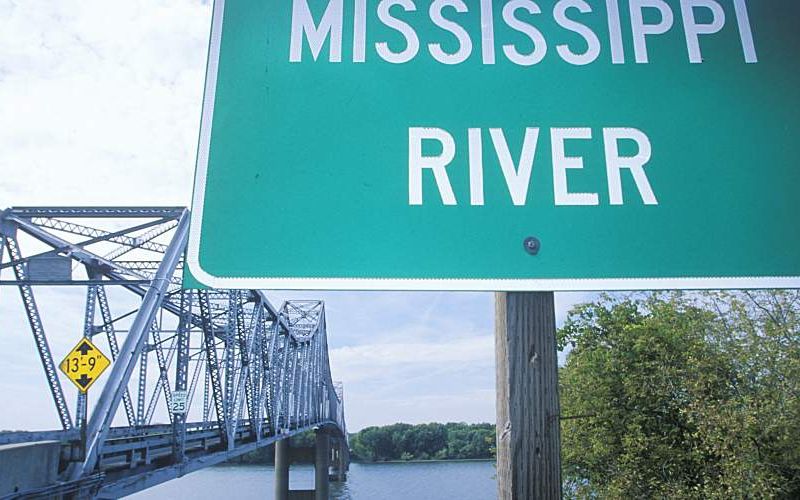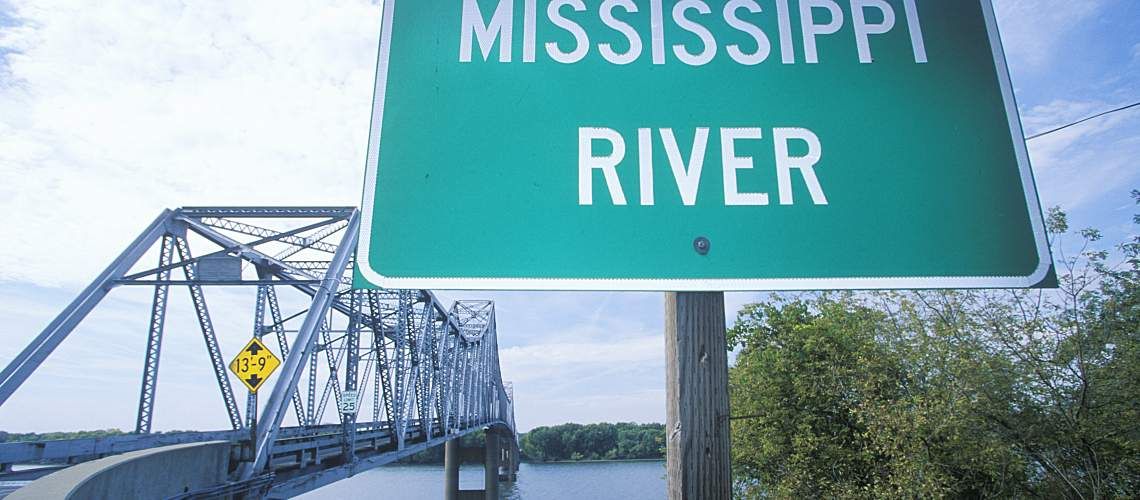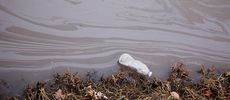Saltwater Intrusion and Its Increasing Impact on Freshwater Sources


In the fall of 2022, New Orleans faced a dilemma they'd experienced only four times in recent memory: Salt water from the Gulf of Mexico began moving up the Mississippi River—as it had in 1988, 1999, and 2012—according to AccuWeather. This saltwater intrusion has made sourcing drinking water an issue for communities in south Louisiana—with freshwater intakes on the river—and threatened the major Orleans Parish water system.
Water Levels at a Record Low
Water levels in the Mississippi River plunged to near-record low levels due to drought in 2022. A measurement gauge near the Corps of Engineers headquarters in New Orleans showed river waters just three feet above sea level, according to NPR. With a third of the rain in the United States eventually flowing into the Mississippi River watershed, low flows don't often occur. But with no rain falling in the Midwest, the flow dropped below 300,000 cubic feet per second, NPR reported.
That put the river bed lower than the gulf and changed the "salt front"—the point where salt water and fresh water meet. In fact, a wedge of salt water moved 64 miles upriver from the mouth of the Mississippi. Still, saltwater intrusion isn't a problem unique to Louisiana.
A Threat Throughout the U.S.
As sea levels rise, the salt front may move upstream in many areas. Both U.S. coasts, as well as the gulf, are at risk of saltwater intrusion and increasing salinity of source water. For example, a researcher at University of Pennsylvania notes the risk to the Delaware Estuary, which serves as a drinking water source for Pennsylvania and New Jersey.
In this article, we will examine the impacts of saltwater intrusion on water supplies, the changes necessary in treatment, the role of desalination and water testing, and the fix the Corps of Engineers applied to halt salt water in the Mississippi River.
Feeling the Effects
Rising sea levels and drought are two of the main causes of intruding salt water. A third contributor—changes in water use and demand—can also lead to intrusion, according to the Environmental Protection Agency (EPA). For instance, increased pumping in groundwater aquifers to meet growing demand can pull in saltwater in coastal areas.
In freshwater aquifers, salt water is a contaminant. Removing it increases the time and cost of water treatment. Intrusion can also render groundwater wells unusable due to high chlorine concentration.
When salt dissolves in water, it forms sodium and chlorine. Although taste is a consideration, the greater concern is that sodium in drinking water can worsen medical conditions, including high blood pressure and some heart, kidney, and liver diseases. Individuals on restricted sodium diets may need to aim for no more than 270 milligrams of sodium per liter of water—or, in some cases, far less. For chlorine, the drinking water standard is a maximum level of 250 milligrams per liter. Salt water also contains high concentrations of dissolved solids and inorganic matter that makes water unfit for human consumption and many industrial or recreational uses.
Managing the Intrusion
To deal with saltwater intrusion, water utilities may need to relocate water intakes, abandon groundwater wells, and/or develop other freshwater sources. In some cases, utilities have reduced the rate of groundwater pumping from coastal supply wells or moved them inland. That can let fresh groundwater displace the salt water.
Other municipalities have artificially recharged fresh water in aquifers to increase groundwater levels and control saltwater movement. As an example, in southeast Florida, surface-water canals transport fresh water from inland storage locations to coastal regions during the dry season to recharge the underlying aquifer and slow intruding salt water. Excess fresh water can also be stored in wells in a suitable aquifer and then withdrawn when needed.
Treating Water to Remove Salt
Another option is for utilities to treat water to remove dissolved salts. Water quality in terms of salinity is best expressed by total dissolved solids (TDS) concentration. TDS encompasses all minerals, metals, and ions dissolved in the water. The EPA set the aesthetic standard for TDS in potable water below 500 milligrams per liter. But in drinking water, a concentration of less than 200 milligrams per liter is ideal.
A common approach to desalination is reverse osmosis, in which water molecules are forced through a membrane that removes particles, including salt, yielding fresh water. But the process does have drawbacks. First, it produces many more gallons of wastewater than it delivers in fresh water. And the process doesn't only remove salt—it also filters out desirable minerals like calcium and magnesium, which need to be added back in for health benefits.
Stopping the Mississippi Intrusion
Plaquemines Parish in southeast Louisiana turned to reverse osmosis to treat and desalinate drinking water after the latest intrusion compromised two of the parish's water treatment plants. Operations at a third plant were also at risk. The parish issued a state of emergency and drinking water advisory due to the high sodium levels.
In the interim, the U.S. Corps of Engineers implemented a fix based on the higher density of salt water. Salt water sinks to the bottom of the river—and the Corps is trying to keep it there. The Corps built a 35-foot-high barrier of sand under water that stretches from bank to bank across the Mississippi. The fix isn't new—it was used previously to keep salt water from moving up the river.
The Corps expects the river to rebound in fall 2022 after an influx of rain and snowmelt upstream. In the meantime, utilities will need to rely on water testing labs to ensure that drinking water continues to meet EPA standards for sodium and chlorine and public and environmental health.






